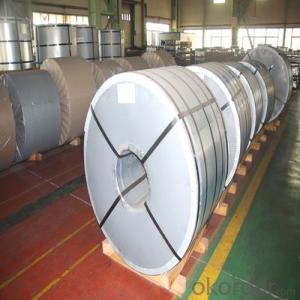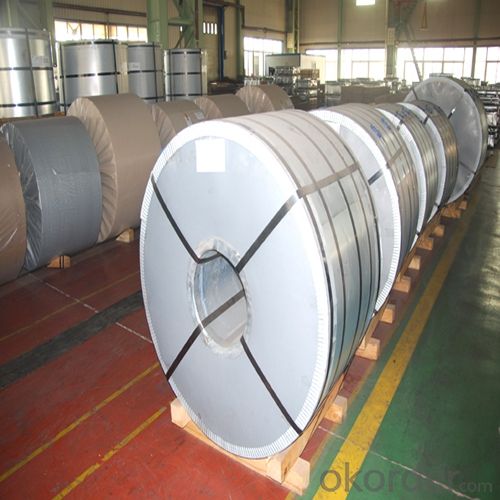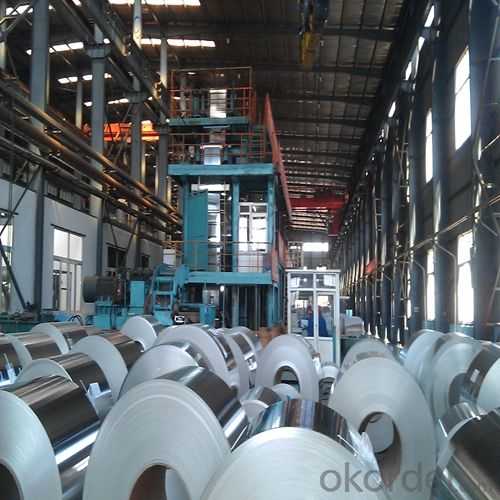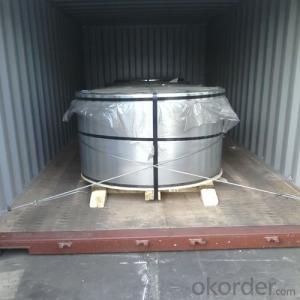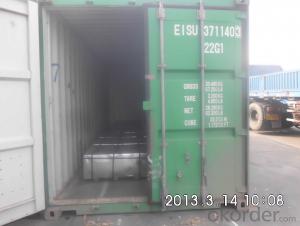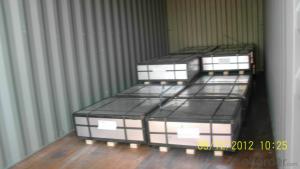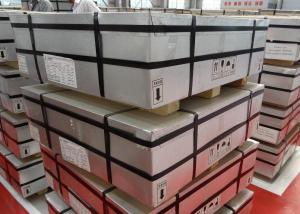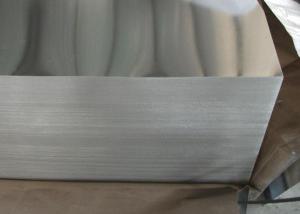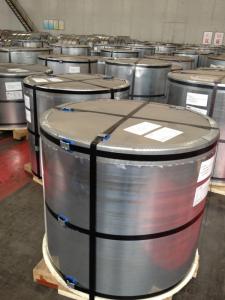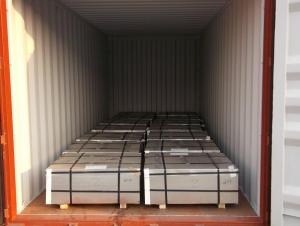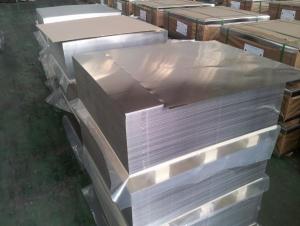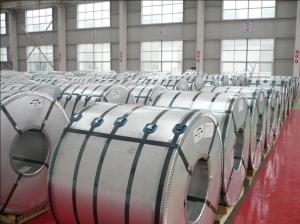Tin Free Steel of Prime or Secondary Quality for Can Caps
- Loading Port:
- Shanghai
- Payment Terms:
- TT OR LC
- Min Order Qty:
- 25 m.t.
- Supply Capability:
- 25000 m.t./month
OKorder Service Pledge
OKorder Financial Service
You Might Also Like
Specification
1.Structure of Tin Free Steel of Prime or Secondary Quality for Can Caps Description
Also known as chromed steel, tin-free steel (TFS) is obtained by coating the metal base (low-carbon steel) with an ultra-thin layer of metallic chrome and then with a chromium oxide layer.
The product complies with ASTM A-657 Specification and is manufactured with low current density (TFS-III) and is supplied only in coils of up to 12 metric tons.
2.Main Features of the Tin Free Steel of Prime or Secondary Quality for Can Caps
MOQ:50ton.
Delivery time;15-30days
Payment:30% deposite, 70% in L/C before delivery.
We can guarantee 100% inspeciton before the shipment
We can 100% supply MTC.
3.Tin Free Steel of Prime or Secondary Quality for Can Caps Images
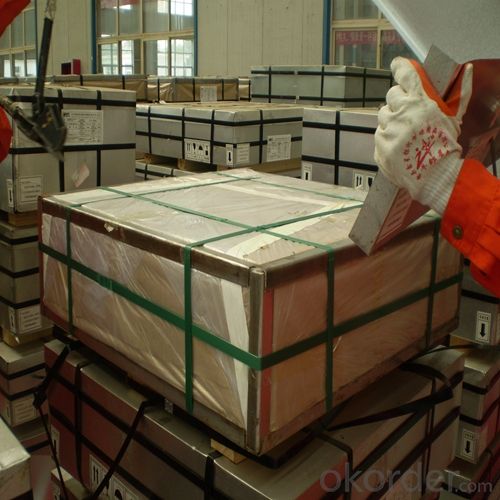
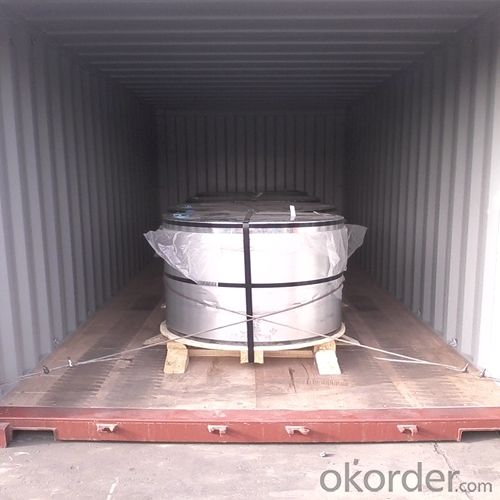
4.Tin Free Steel of Prime or Secondary Quality for Can Caps Specification
Thickness 0.14mm to 0.35mm
Width 500mm to 1200mm
Length : As per customers specification
Temper : T1 to T5, DR 7 to DR 9
5.FAQ of Tin Free Steel of Prime or Secondary Quality for Can Caps
-What is MOQ?
Our MOQ would be 25 tons.
- Do you only have prime quality TFS ?
We can supply both prime and second quality TFS.
- Q: How does tinplate perform in terms of resistance to humidity?
- Tinplate performs exceptionally well in terms of resistance to humidity. The tin coating acts as a protective barrier, preventing moisture from reaching the underlying steel and minimizing the risk of corrosion. This makes tinplate a reliable choice for packaging materials, especially for products that are sensitive to moisture.
- Q: Can tinplate be used for microwaveable packaging?
- No, tinplate cannot be used for microwaveable packaging.
- Q: How does tinplate handle exposure to pressure and impact?
- Tinplate is known for its excellent handling of pressure and impact. Its sturdy and durable nature allows it to withstand high levels of pressure without deforming or breaking easily. Similarly, it demonstrates remarkable resistance to impact, making it suitable for various applications that involve handling, shipping, or storage of goods.
- Q: What is the difference between Maguchi Tetsu tinplate and galvanized board
- Tin plated steel sheet and strip, also known as tinplate, the steel plate (belt) surface tin plated, has good corrosion resistance, non-toxic, can be used as packaging material cans, inside and outside the cable sheath, telecommunications instrument parts, flashlight and other hardware.
- Q: Can tinplate be used for packaging household products?
- Yes, tinplate can be used for packaging household products. Tinplate is a popular material choice for packaging due to its durability, versatility, and ability to protect products from moisture, light, and other external factors. It is commonly used for packaging food, beverages, and various household items such as cosmetics, cleaning products, and personal care products.
- Q: How does tinplate packaging contribute to product portion control?
- Tinplate packaging contributes to product portion control by providing a pre-determined size and shape for the product. The rigid structure of tinplate containers ensures that a specific quantity of the product is packaged, enabling consumers to easily manage their portions and avoid overconsumption.
- Q: Can tinplate be used for packaging medical devices?
- Yes, tinplate can be used for packaging medical devices. Tinplate is a strong and durable material that provides excellent protection and barrier properties to ensure the safety and integrity of medical devices. It is also resistant to corrosion and can be easily sterilized, making it suitable for packaging in the medical industry.
- Q: What are the advantages of using tinplate for promotional items?
- Tinplate offers several advantages for promotional items, including its durability, versatility, and visual appeal. It is a sturdy material that can withstand rough handling, making it ideal for long-lasting promotional products. Additionally, tinplate can be easily molded into various shapes and sizes, allowing for unique and creative designs. Its glossy finish provides an attractive and eye-catching appearance, enhancing the overall appeal of promotional items.
- Q: How does tinplate contribute to the overall reusability of packaging?
- Tinplate contributes to the overall reusability of packaging due to its durability and longevity. It can withstand multiple uses without losing its structural integrity, making it ideal for packaging that needs to be reused or recycled. Additionally, tinplate can be easily cleaned and sanitized, ensuring the safety and hygiene of the packaged contents for subsequent uses.
- Q: How is tinplate corrosion resistant?
- Tinplate is corrosion resistant due to the thin layer of tin coating that is applied to the surface of the steel. This tin layer acts as a barrier, preventing oxygen and moisture from coming into direct contact with the steel, which helps to inhibit the formation of rust and corrosion.
Send your message to us
Tin Free Steel of Prime or Secondary Quality for Can Caps
- Loading Port:
- Shanghai
- Payment Terms:
- TT OR LC
- Min Order Qty:
- 25 m.t.
- Supply Capability:
- 25000 m.t./month
OKorder Service Pledge
OKorder Financial Service
Similar products
Hot products
Hot Searches
Related keywords
